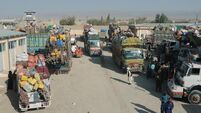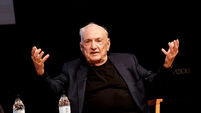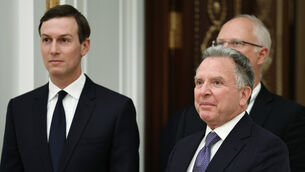Radical military tactics attempt to “decapitate” Iraqi leadership
Describing the action as a “decapitation exercise”, US officials said the campaign was aimed directly at the Iraqi leadership and based on intelligence concerning their specific location.
Jeremy Binnie, Middle East editor of Jane’s Sentinel Security Assessment, said he had believed that thousands of cruise missiles would be used in the first few hours rather than just 40.














